Twenty years ago, a major British classic car magazine hailed the Lotus Elite, already thirty years old, as a car so advanced in so many respects, it could hold its own with the best cars of 1988. The same might be said today, twenty years later, as the Elite now celebrates its fiftieth birthday. Despite tremendous improvements in automotive technology, few cars made today can offer the combination of light weight (1500lbs), superb aerodynamics, (0.29cd) incredible gas mileage, (40mph), impeccable handling and high performance, (138mph at Le Mans) wrapped up in a timeless, beautiful package as the original Lotus Elite. Add to that list the aura of the genius of Colin Chapman, who created the Elite to be a Grand Prix derived, class-winning Grand Touring car. Le Mans was his target, his bone of contention. Frustrated on several occasions by the French scrutineers, whose decisions often defied logic, Chapman’s revenge was a full production GT car which would successfully compete in the 24 hours classic for six years straight. In 1959, Peter Lumsden and Peter Riley took the new Lotus to 8th overall and Sir John Whitmore, driving with the legendary Jim Clark, managed 10th. Elites finished first and second on the Index in 1960, and in 1962 Speed Channel’s David Hobbs co-drove an Elite to again win the Index of Performance and a remarkable 8th overall. The Elite’s fiberglass body and chassis was the first to use the medium without substantial metal reinforcements, but was extremely rigid. Prior to the Elite, Lotus cars were tubular or space frame construction with aluminum bodies. Afterward, Chapman continued to use fiberglass for the bodies of the Elan and Europa, but supported by a strong steel backbone chassis. Producing the Elite fiberglass monocoque was labor intensive and despite attempts to cut corners, Lotus lost money on every car. In 1976 British historian L.J.K. Setright noted with eloquence and truth that the Elite was “breathtaking in its beauty, heartbreaking in its fallibility, utterly right in its conception, and unutterably wrong in its execution…” Hypothetically, the Elite was perfection. Chapman knew that he could not tool up for production using steel presses; his choice of fiberglass would be both brilliant and folly, but was a great way to incorporate his new Chapman strut, (similar to the better known McPherson Strut, but used at the rear.) The Elite’s front and rear suspension are virtually identical to that of the Formula II Lotus 12. The 1216cc SOHC engine was developed for the Elite by Coventry Climax, and also used in Chapman’s sports racing cars. The body design was attributed to a young financier, Peter Kirwin-Taylor, with final (and significant) changes made by Mike Costin. The Chapman/Cosworth/Costin combination was one of the most powerful in racing history and the Elite the first result of this heady triumvirate. It is estimated that 1050 Elites were produced from 1958 to 1963. More importantly, only about half survived. The Series I was replaced in 1960 by the Series II, which had an improved rear suspension and the fiberglass chassis/body units were now crafted by Bristol, the famous aircraft and car manufacturer. The Lotus Elite was a classic in 1958, 1988, and it’s stature as a landmark car continues to be recognized by new generations. The genius of Colin Chapman is amply demonstrated by the Elite itself and the car is an integral part of his legacy as a designer. “On the evidence of five cars in his history--the Lotus 3, 14, (Elite) 18, 25 and 72, Chapman is entitled to be considered one of history’s tiny band of really great and truly creative high performance car designers…” wrote Setright. The Elite accomplished Chapman’s Le Mans goals and dominated the 1300cc GT classes all over the world. Its place as an eternal classic is guaranteed. This Elite, chassis number 1569 has been in the caring hands of a Lotus collector for almost 30 years. Doug Nye noticed it at a meet in Great Britain in 1980
Twenty years ago, a major British classic car magazine hailed the Lotus Elite, already thirty years old, as a car so advanced in so many respects, it could hold its own with the best cars of 1988. The same might be said today, twenty years later, as the Elite now celebrates its fiftieth birthday. Despite tremendous improvements in automotive technology, few cars made today can offer the combination of light weight (1500lbs), superb aerodynamics, (0.29cd) incredible gas mileage, (40mph), impeccable handling and high performance, (138mph at Le Mans) wrapped up in a timeless, beautiful package as the original Lotus Elite. Add to that list the aura of the genius of Colin Chapman, who created the Elite to be a Grand Prix derived, class-winning Grand Touring car. Le Mans was his target, his bone of contention. Frustrated on several occasions by the French scrutineers, whose decisions often defied logic, Chapman’s revenge was a full production GT car which would successfully compete in the 24 hours classic for six years straight. In 1959, Peter Lumsden and Peter Riley took the new Lotus to 8th overall and Sir John Whitmore, driving with the legendary Jim Clark, managed 10th. Elites finished first and second on the Index in 1960, and in 1962 Speed Channel’s David Hobbs co-drove an Elite to again win the Index of Performance and a remarkable 8th overall. The Elite’s fiberglass body and chassis was the first to use the medium without substantial metal reinforcements, but was extremely rigid. Prior to the Elite, Lotus cars were tubular or space frame construction with aluminum bodies. Afterward, Chapman continued to use fiberglass for the bodies of the Elan and Europa, but supported by a strong steel backbone chassis. Producing the Elite fiberglass monocoque was labor intensive and despite attempts to cut corners, Lotus lost money on every car. In 1976 British historian L.J.K. Setright noted with eloquence and truth that the Elite was “breathtaking in its beauty, heartbreaking in its fallibility, utterly right in its conception, and unutterably wrong in its execution…” Hypothetically, the Elite was perfection. Chapman knew that he could not tool up for production using steel presses; his choice of fiberglass would be both brilliant and folly, but was a great way to incorporate his new Chapman strut, (similar to the better known McPherson Strut, but used at the rear.) The Elite’s front and rear suspension are virtually identical to that of the Formula II Lotus 12. The 1216cc SOHC engine was developed for the Elite by Coventry Climax, and also used in Chapman’s sports racing cars. The body design was attributed to a young financier, Peter Kirwin-Taylor, with final (and significant) changes made by Mike Costin. The Chapman/Cosworth/Costin combination was one of the most powerful in racing history and the Elite the first result of this heady triumvirate. It is estimated that 1050 Elites were produced from 1958 to 1963. More importantly, only about half survived. The Series I was replaced in 1960 by the Series II, which had an improved rear suspension and the fiberglass chassis/body units were now crafted by Bristol, the famous aircraft and car manufacturer. The Lotus Elite was a classic in 1958, 1988, and it’s stature as a landmark car continues to be recognized by new generations. The genius of Colin Chapman is amply demonstrated by the Elite itself and the car is an integral part of his legacy as a designer. “On the evidence of five cars in his history--the Lotus 3, 14, (Elite) 18, 25 and 72, Chapman is entitled to be considered one of history’s tiny band of really great and truly creative high performance car designers…” wrote Setright. The Elite accomplished Chapman’s Le Mans goals and dominated the 1300cc GT classes all over the world. Its place as an eternal classic is guaranteed. This Elite, chassis number 1569 has been in the caring hands of a Lotus collector for almost 30 years. Doug Nye noticed it at a meet in Great Britain in 1980



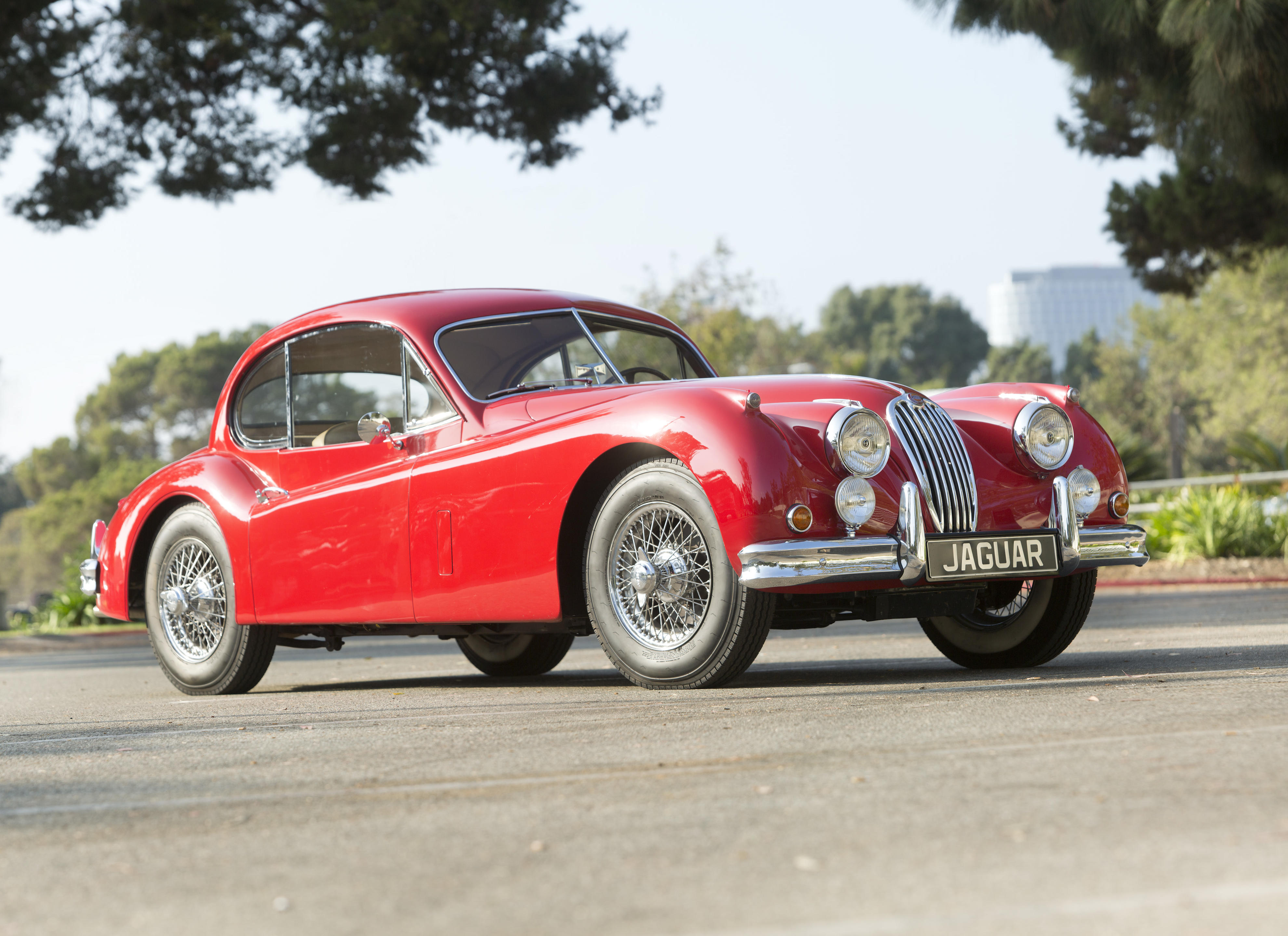

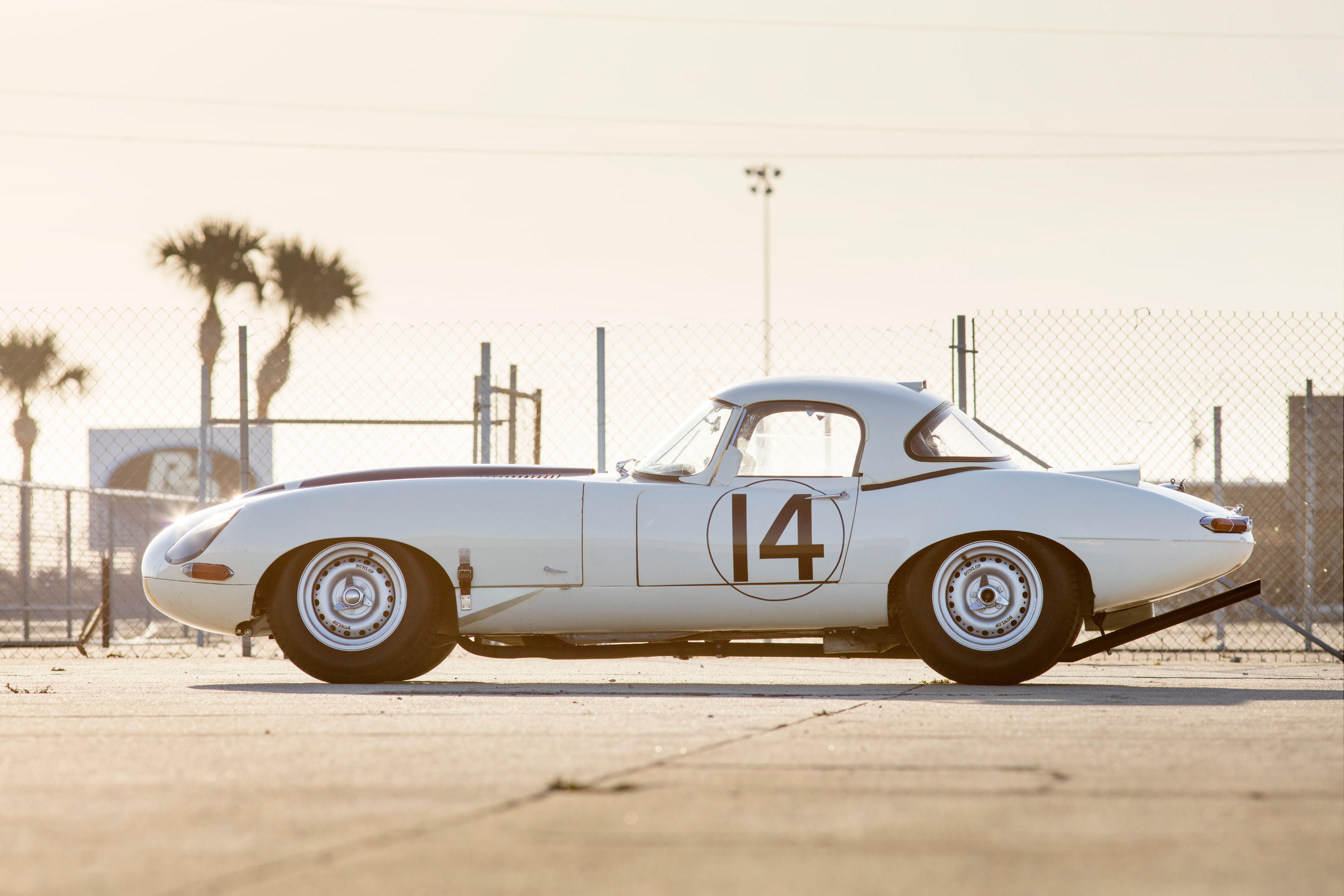
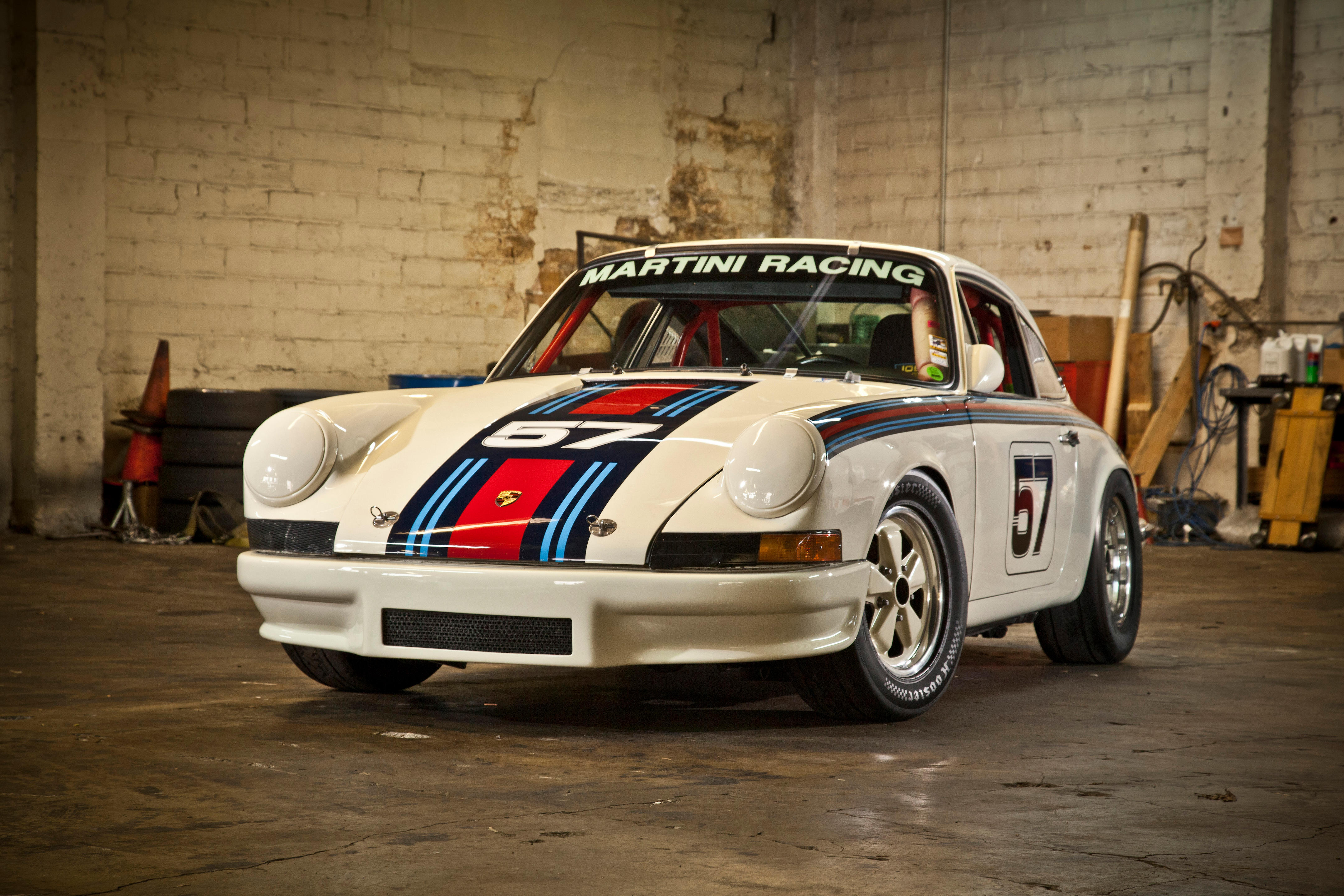

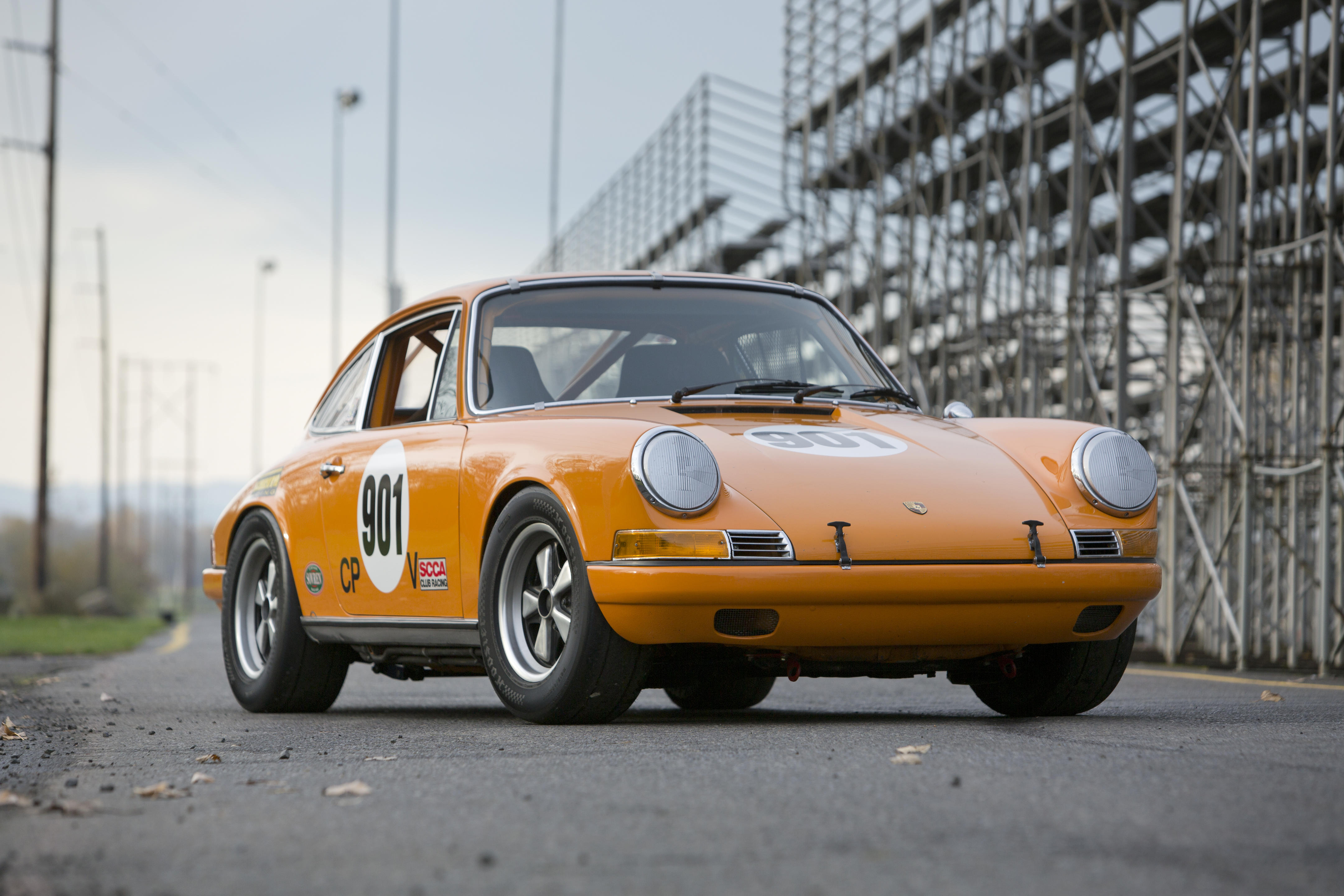
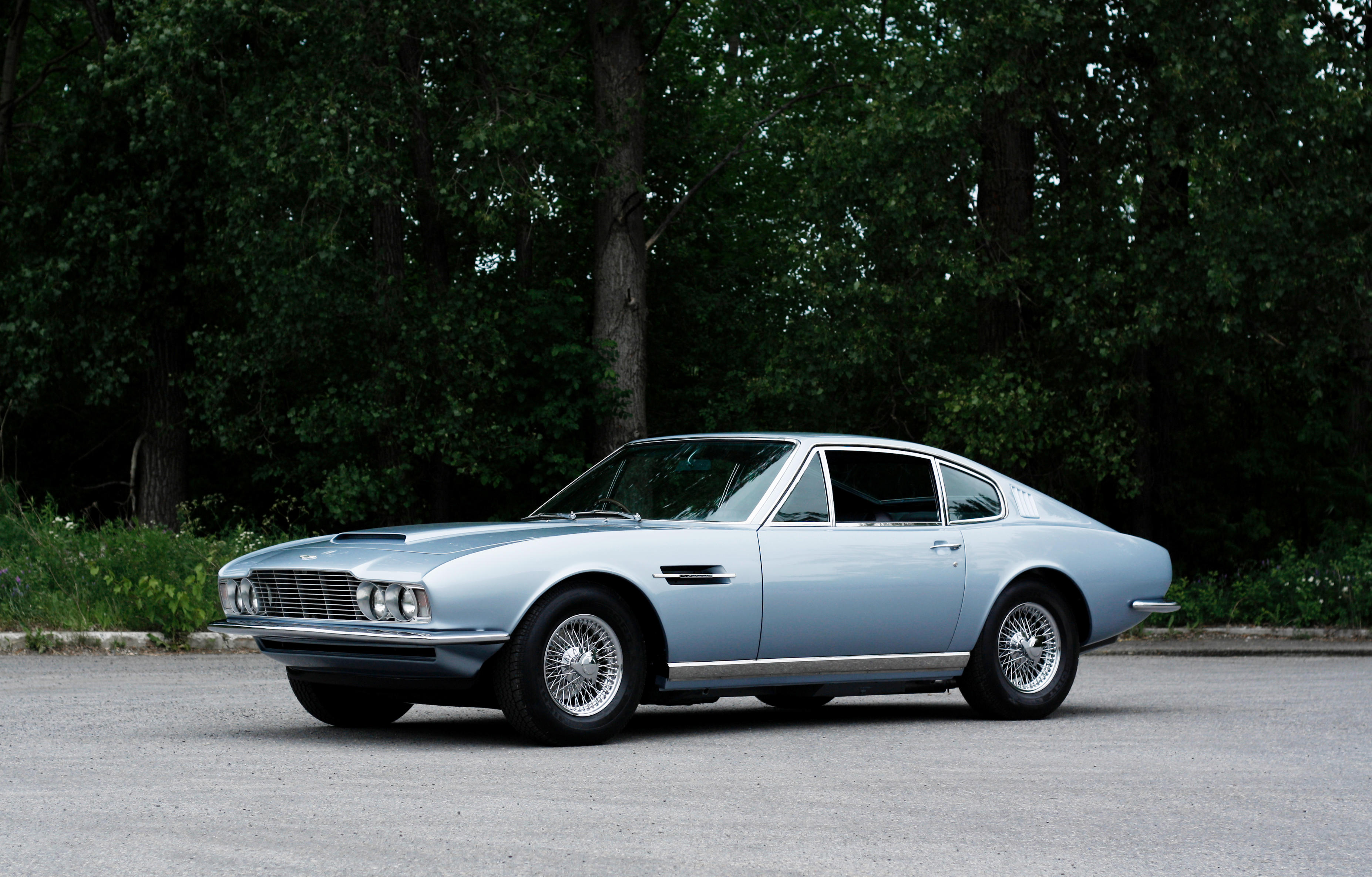





Try LotSearch and its premium features for 7 days - without any costs!
Be notified automatically about new items in upcoming auctions.
Create an alert